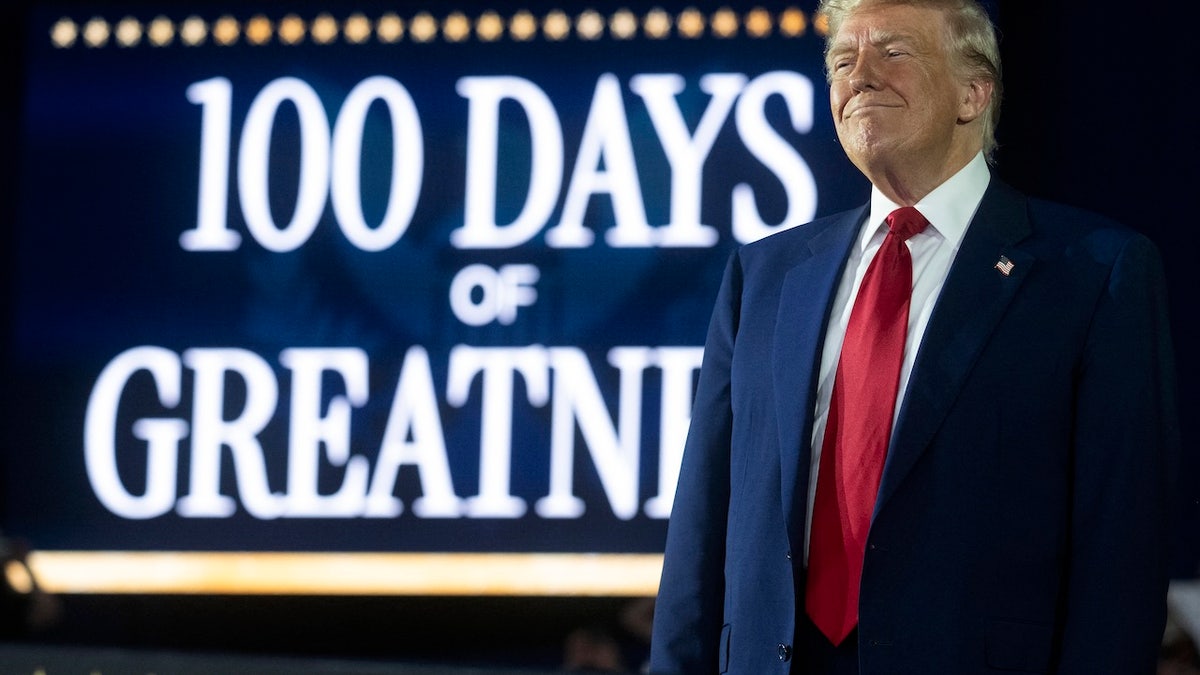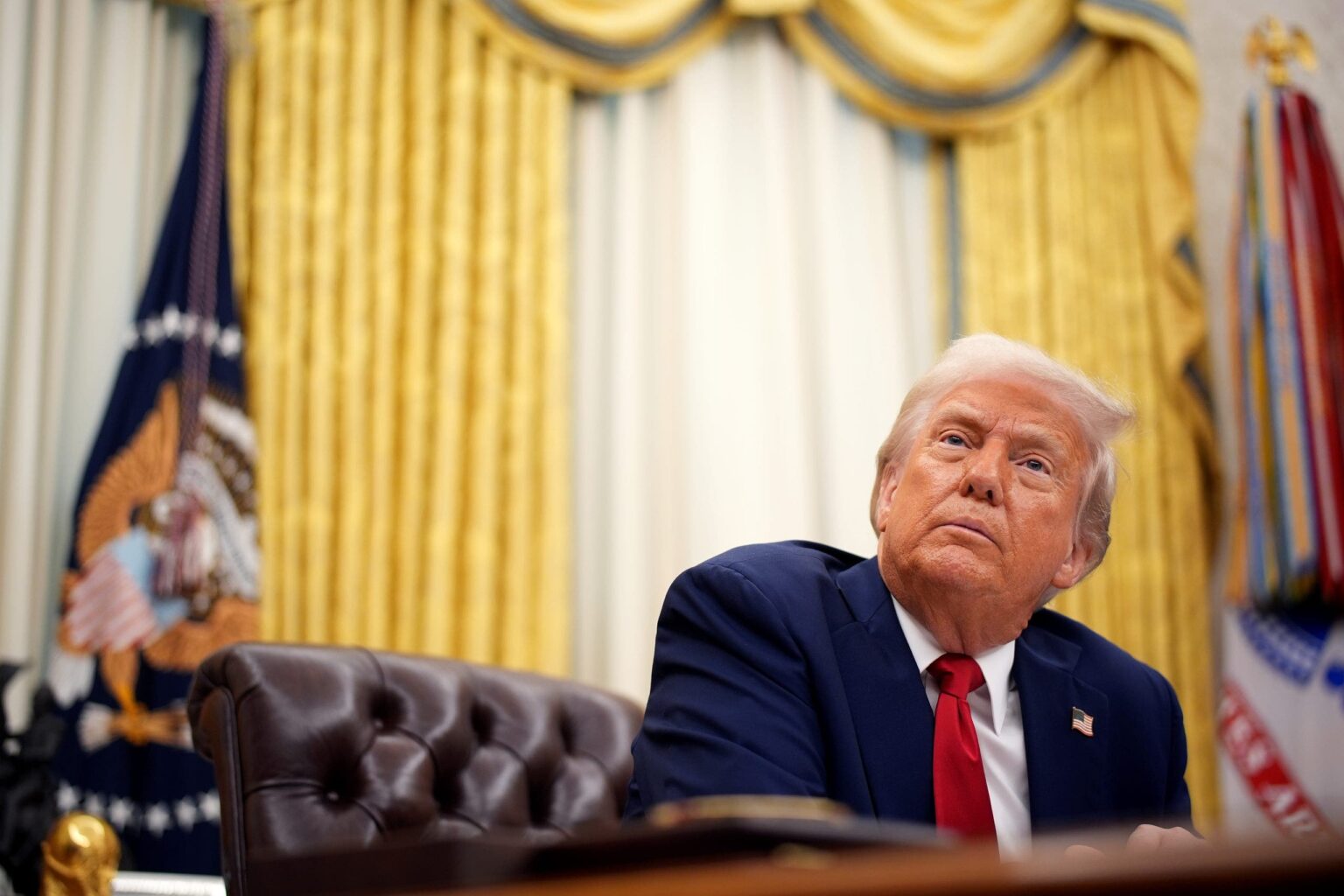President Donald Trump and his allies have railed against federal judges for blocking key executive orders in his second term, accusing so-called “activist” judges of overstepping their authority and blocking him from delivering on some of his top policy priorities.
Some of Trump’s most sweeping executive orders and actions have been blocked or paused by federal courts to allow for a full hearing on the merits. But the system of checks and balances also means these rulings can be reviewed – either through appeals to the Supreme Court or by Congress, which has the power to pass laws or expand certain executive branch authorities.
It’s all part of an expressly designed system of government that affords each branch, including the presidency, plenty of options for review.
The Framers “made clear that no one in our system of government was meant to be king– the president included – and not just in name only,” U.S. District Court Judge Beryl Howell of the District of Columbia said in a ruling earlier this year.
But that’s not to say Trump is without options. Here’s how he could seek to push back against the wave of court actions.
100 DAYS OF INJUNCTIONS, TRIALS AND ‘TEFLON DON’: TRUMP SECOND TERM MEETS ITS BIGGEST TESTS IN COURT

President Donald Trump delivers a speech marking his 100th day in office in Warren, Michigan, on April 29, 2025. (Jim Watson/AFP via Getty)
Lay of the land
Since taking office, Trump’s executive orders have been challenged by hundreds of lawsuits in federal court, though not all have been successful, and some remain in the earlier stages of review.
Plaintiffs have sought to block the dismantling of certain federal agencies, to restore board heads and inspectors general fired by Trump, and to restrict the access of Elon Musk’s government efficiency agency, DOGE, among other things.
But like the groups filing the lawsuits, the Trump administration also has the ability to appeal any lower court decisions it views as unfavorable or going beyond the scope of the federal court.
In the interim, it can seek an emergency stay to restore the executive order until the case can be heard on its merits.
The Supreme Court has agreed to do so in several major cases. It sided with Trump in removing two federal board members he had fired earlier this year, and which a lower court had reversed.
Last week, the Supreme Court lifted a lower court order that paused Trump’s ban on transgender military members from taking effect – allowing his order and related policies to proceed, at least for now.
BOASBERG GRILLS DOJ OVER REMARKS FROM TRUMP AND NOEM, FLOATS MOVING MIGRANTS TO GITMO IN ACTION-PACKED HEARING
President Donald Trump speaks to the media after signing executive orders in the Oval Office at the White House on April 23, 2025. (Chip Somodevilla/Getty Images)
Working with Congress
The Trump administration can seek more lasting change by working with the Republican majorities in both houses of Congress to codify its biggest policy priorities, shielding the level of review currently afforded to the courts in the absence of any legislation.
According to the Code of Federal Regulations and the Federal Register, a president’s executive order can be revoked or modified only by the president or via the legislative branch, if the president was acting on authority that had been granted by Congress.
Plaintiffs in federal court have alleged that Trump’s recent executive actions are beyond the scope of what has been authorized by Congress – and, in the absence of clearly written laws, federal judges do have broad authority to interpret the lawfulness of the executive’s actions.
Critics of the courts have pushed for Congress to curtail this power – either by stripping the funding for federal courts, impeaching judges or eliminating judicial seats, among other things.
“When federal judges take off their judicial robes and climb into the political arena and throw political punches, they should expect powerful political counterpunches from the Article III project,” Mike Davis, the founder and president of the Article III Project, or A3P, told Fox News Digital in an interview.
“And when the federal judiciary loses its legitimacy, it loses everything,” Davis said.
But these steps are highly controversial, and it’s unclear if they could garner the broad support needed from both the House and Senate.
HERE’S WHY DOZENS OF LAWSUITS SEEKING TO QUASH TRUMP’S EARLY ACTIONS AS PRESIDENT ARE FAILING
President Donald Trump shakes hands with Supreme Court Chief Justice John Roberts as Melania Trump, Donald Trump Jr. and Ivanka Trump look on after being sworn in during inauguration ceremonies in the Rotunda of the Capitol on Jan. 20, 2025. (Chip Somodevilla/Pool via Reuters/File)
Other options
Options available to the White House are more limited by the Constitution. The president can appoint federal judges, but he cannot fire them. The executive branch is also responsible for enforcing court rulings and may either slow-roll or de-prioritize decisions the president disagrees with.
Meanwhile, Trump allies have also sought to push back on the power of the courts in other, more unorthodox ways.
The America First Legal Foundation, a pro-Trump legal group founded by White House aide Stephen Miller in between Trump’s first and second terms, filed a lawsuit against Supreme Court Chief Justice John Roberts, in his capacity as the official head of the U.S. Judicial Conference, and Robert J. Conrad, the director of the Administrative Office of the U.S. Courts, earlier this month.
The lawsuit accuses both parties of performing certain regulatory actions that go beyond the scope of the “core functions” of the judiciary – and which they argue should put them under the thumb of the executive branch.
“An American president is not a king – not even an ‘elected’ one – and his power to remove federal officers and honest civil servants like plaintiff is not absolute,” Howell said in a case involving the reinstatement of two fired federal board members earlier this year.

